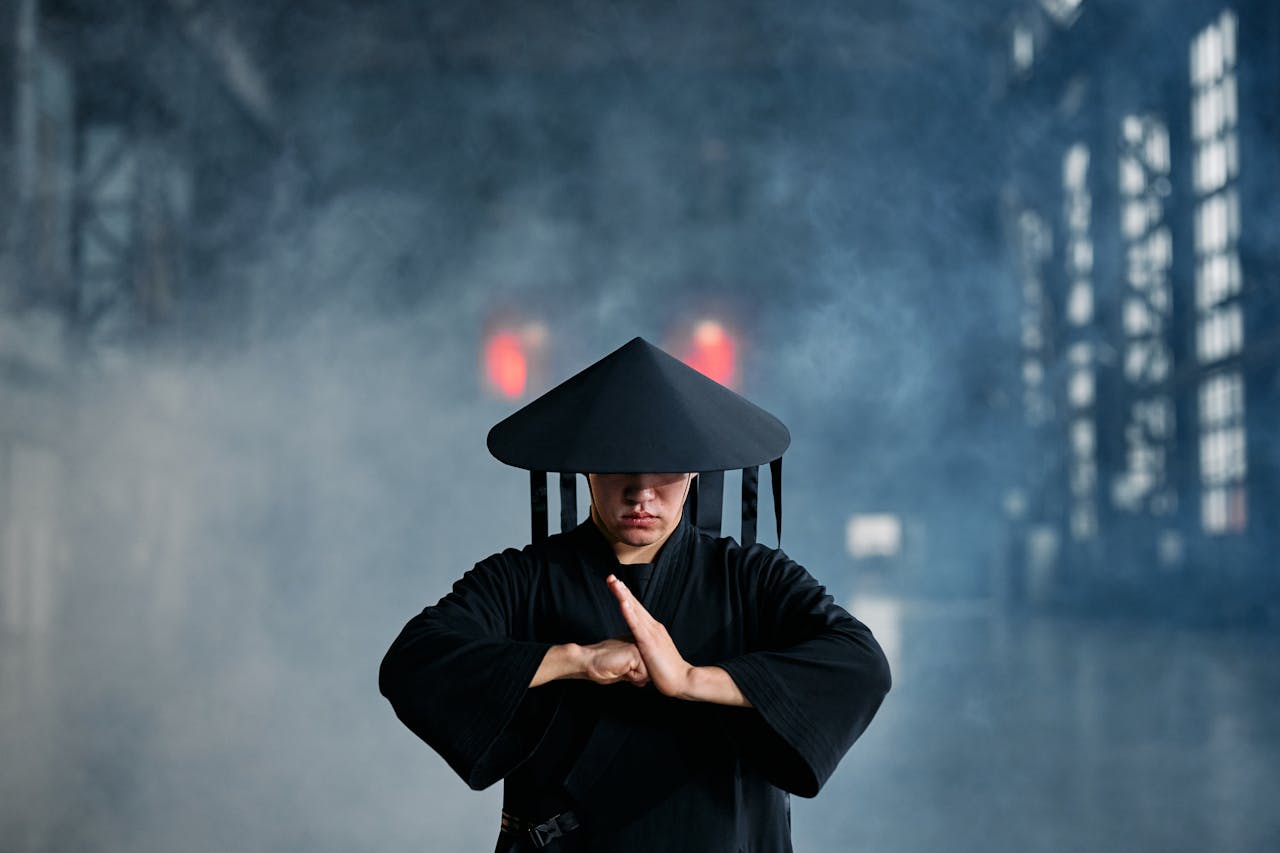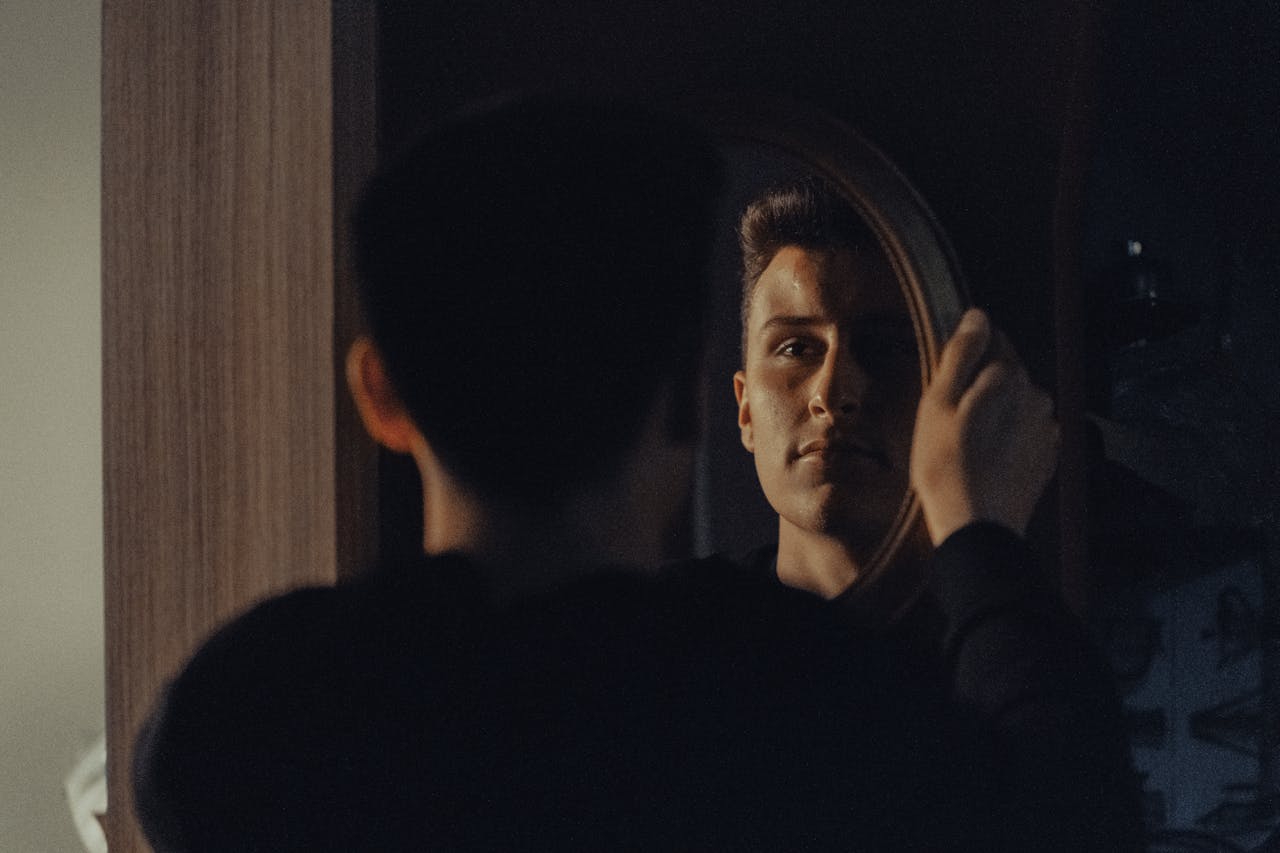The Writers College Copywriting Course tutor MANDY SPEECHLY explains six trends that are directly impacting the copywriting industry.
In Part One Mandy Speechly explained how technology has changed the way advertisers work. One of the most important rules is that great advertising shows a real and insightful understanding of the consumer. However, there is no single formula to reach and engage with this consumer, and the parameters are constantly changing. Here’s how…
1. Buying behaviour is changing
Firstly, people are becoming cynical about advertising. We are so overloaded with advertising messages we have learnt to ignore what doesn’t interest us.
But more importantly, because so much of it doesn’t show a meaningful understanding of our needs we choose to avoid it whenever possible. Secondly, access to information is now easier. The consumer is more knowledgeable about products and their background information.
If you consider your own experience of buying a car or a computer, by the time you get to the store or showroom, you sometimes know as much about the product as the salesman. Advertising doesn’t need to inform as much as it did in the past. And that makes it even more important to connect with the audience in a relevant way.
Thirdly, we consume media differently. We read the news on our cell phone, listen to the radio on our computers and watch movies on an iPod. Media is now so fragmented the choice of where the communication happens has now become an integral part of creative thinking.
Example
In South Korea, the entire population owns a smartphone. The supermarket chain, Tesco used this fact in a way that showed an insightful understanding of their lives. They created HomePlus Virtual Subway stores on the platforms of train stations to save consumers from grocery shopping after a busy work day.
They could scan in codes from products images on virtual “shelves” and by the time they got home their groceries would have been delivered.
http://www.youtube.com/watch?v=fGaVFRzTTP4
2. The Big Idea is even more important
Effective communication still needs an idea that connects appropriately to the target market. This idea might not necessarily involve typical advertising – it could be a new way of packaging, a new approach to distribution, a game, an app or a new fundraising method. Copywriters have always been inventors; it is now their job to find creative solutions.
Example
In 2010 Antwerp Zoo in Belgium created a campaign to increase interest and visitors to the zoo. It was based on the actual birth of a baby elephant at the zoo. The public was involved throughout the pregnancy via social media and the website. They were invited to suggest names for the baby and her birth was eventually watched by over 500 000 people. That year the numbers of visitors to the zoo increased by 300 000 people.
http://www.youtube.com/watch?v=F1uwexYeKAg&noredirect=1
3. The consumer is in control
Whether it’s a click, typing in an address or moving to another page, the consumer makes the choices. We are in control of what we watch or read, when we watch it and how we watch it. We are also able to share information and create our own unique content. Our experience of media is participatory and unlikely to involve passive observation. Advertising is no longer about persuasion but engagement.
Example
Best Buy is a technology store in the USA which is known for the expertise of their salespeople in-store. A campaign known as Twelpforce was created to extend this service beyond the walls of the store by offering tweet help via Twitter at a time that suited the consumer. It created an immense feel-good factor for the brand and ultimately encouraged more people to eventually visit the store in person too.
4. Branded Utility
There is now an expectation of reward for spending time with a brand. A brand can make a positive contribution to the life of the consumer in a way that doesn’t feel like advertising at all. It can forge a link with consumers by creating something they care about and the effort will ultimately be repaid with brand loyalty.
Example: Nike Fuelband
The well known Nike promise, “Just Do It” was truly brought to life with the creation of the Nike Fuelband. Essentially a microchip in your shoes, it transmits information about your recent exercise routine to a website so you can keep track of how your training is going. You can form groups, challenge each other, compare performance, and even get encouragement and tips from celebrity sportspeople. It is based on the principle that every type of exercise you do in your day counts.
http://www.youtube.com/watch?v=W8xMurdO4Tk
“Brands that get it right provide a powerful value exchange based on a real understanding of what they can offer relative to their audience and communication objectives. Such brands are able to create engaging brand experiences with the potential to enrich people’s lives.” ~ Chris Clarke, Chief Creative Officer, Lost Boys
5. Storytelling is everything
Great advertising has always told a story about the brand. It’s a way of creating a unique personality and identity for a product might not always offer a unique feature. New communication channels now provide the ideal stage to tell these stories. It, therefore, becomes the role of the writer to ensure the story is told in a way that is relevant to the brand across a variety of different platforms.
Example of great storytelling in the Consumer Control Age (see featured image above).
In 2007, BMW created a series of online films instead of TV commercials as they determined that 85% of the target market researched for a new car on the web before making a purchase decision.
The 6-10 minute films involved leading directors and actors including, Ang Lee, Guy Ritchie, Tony Scott and Madonna. Instead of interruption advertising, it became a desired destination. Sales during that period went up by 16% and the campaign inspired a new awards category at Cannes, now the prestigious Titanium Award.
Social Media Writing Skills Course
6. The importance of great writing skills
The type of writing facing the copywriter is expanding. It is no longer just about being able to write great headlines, scripts and body copy. The challenge for the modern-day writer is now to sustain a conversation. It doesn’t have to be beautiful, poetic or literary, but it must always be relevant and real.
And very often it shouldn’t sound like advertising at all!
“It’s not media innovation that has changed things, but a fundamental shift in the behaviour and expectations of consumers.” ~ Chris Clarke, Chief Creative Officer, Lost Boys
In conclusion: The rise of “guerrilla” advertising
As a result of these trends, many different alternative forms of communication are now being used to reach and connect with consumers in a relevant way.
It isn’t easy to define this type of advertising, as it has no predecessor and is continually breaking new ground. Some experts refer to it as guerrilla advertising, probably because it operates outside the normal “rules” of engagement.
“[This alternative form of advertising essentially] works by seizing and subverting people’s attention when they least expect it and holding them captive until they absorb the message.” ~ Guerilla Advertising by Gavin Lucas
While in the past, it has been the role of the creative team to establish what should be said to achieve this objective, it is now also becoming a creative decision as to where the message is said.
The challenge is now even greater to ensure the advertising message evokes the desired response. It is an exciting time to be in the world of communication as we are undoubtedly entering a new era of creative advertising. It is one in which we no longer just talk to our target market, but build relationships.

Mandy Speechly
Mandy Speechly has worked as a copywriter in the advertising industry for over fifteen years. She has worked full-time and as a freelancer for leading international advertising agencies on a range of different media including television, print, radio, brochures, promotions and websites. Mandy also tutors the Copywriting Course at the Writers College. The course incorporates the latest copywriting skills required for the digital media and social media platforms, and suits both beginners to the field, as well as professional writers wishing to expand their copywriting skills. See the course curriculum and student feedback below.
Mandy is Head of Copy at the prestigious AAA School of Advertising in Cape Town where she works as the Graduate Copywriting Lecturer.












